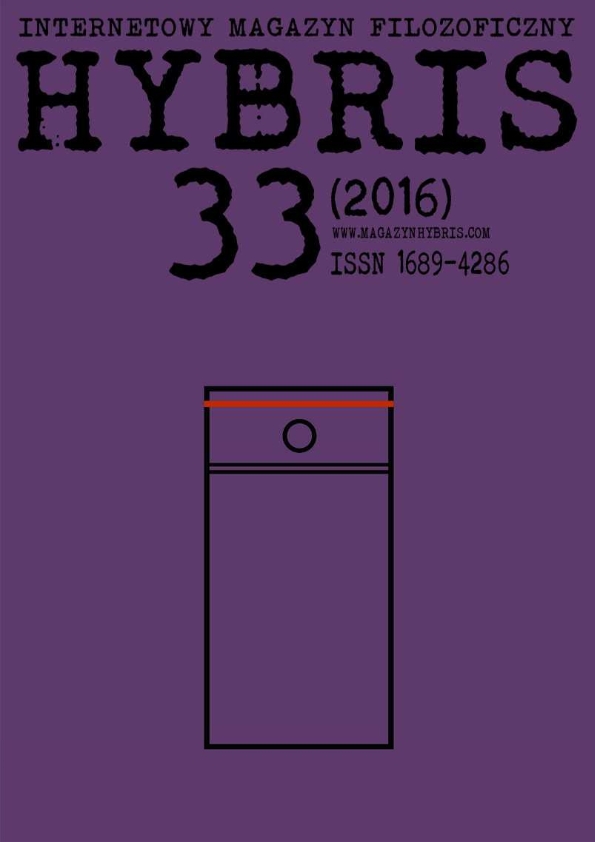SENS WYRAŻENIA „TEORIA SPISKOWA”, CZYLI JAK ODRÓŻNIĆ TEORIĘ SPISKOWĄ OD NIESPISKOWEJ
‘CONSPIRACY THEORY’ – HOW TO UNDERSTAND AND HOW TO USE THE TERM
Author(s): Piotr ŁukowskiSubject(s): Semiology, Social Philosophy, Cognitive Psychology, Hermeneutics
Published by: Wydawnictwo Uniwersytetu Łódzkiego
Keywords: conspiracy theory; paranoid thinking; rationality; bounded rationality; criteria of truth; Noam Chomsky; Herbert A. Simon;
Summary/Abstract: ‘Conspiracy theory’ is especially popular term used by journalists in Poland. Alas, this name is understood in an intuitive and journalistic manner only, and has an eristic use. Janusz Guzowski in his paper tries to establish its definitional sense. Unfortunately, his proposal is useless, because conspiracy mentality is defined by common and fundamental features typical for everyday and even scientific thinking. Such an approach has some undesirable consequence: a theory is called conspiracy because in somebody’s opinion it is conspiracy. That is why, Guzowski’s approach is here called intuitive-content, because such a naming is arbitrary and intuitive and depends on the content of the theory. In our paper there is proposed an opposite context-free approach, which is closely relative to Chomksy’s opinion. Thus a theory is recognizes as conspiracy, if and only if, it is ignored by scientists.
Journal: Internetowy Magazyn Filozoficzny HYBRIS
- Issue Year: 2016
- Issue No: 33
- Page Range: 101-124
- Page Count: 24
- Language: Polish

